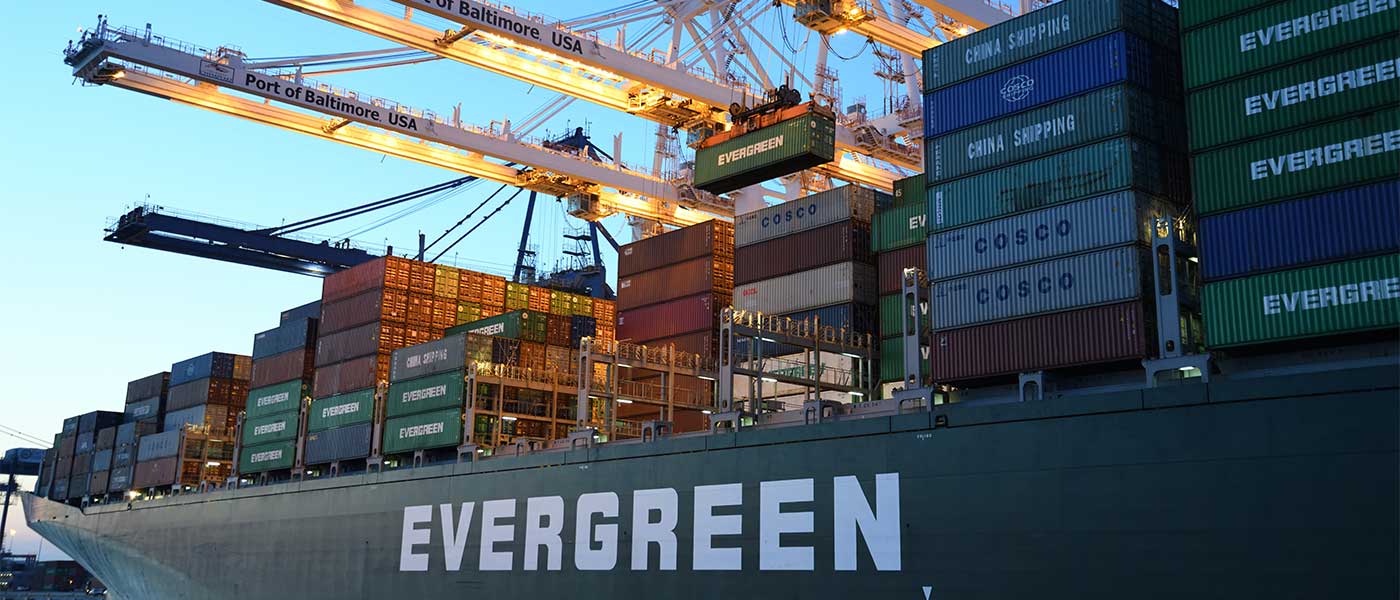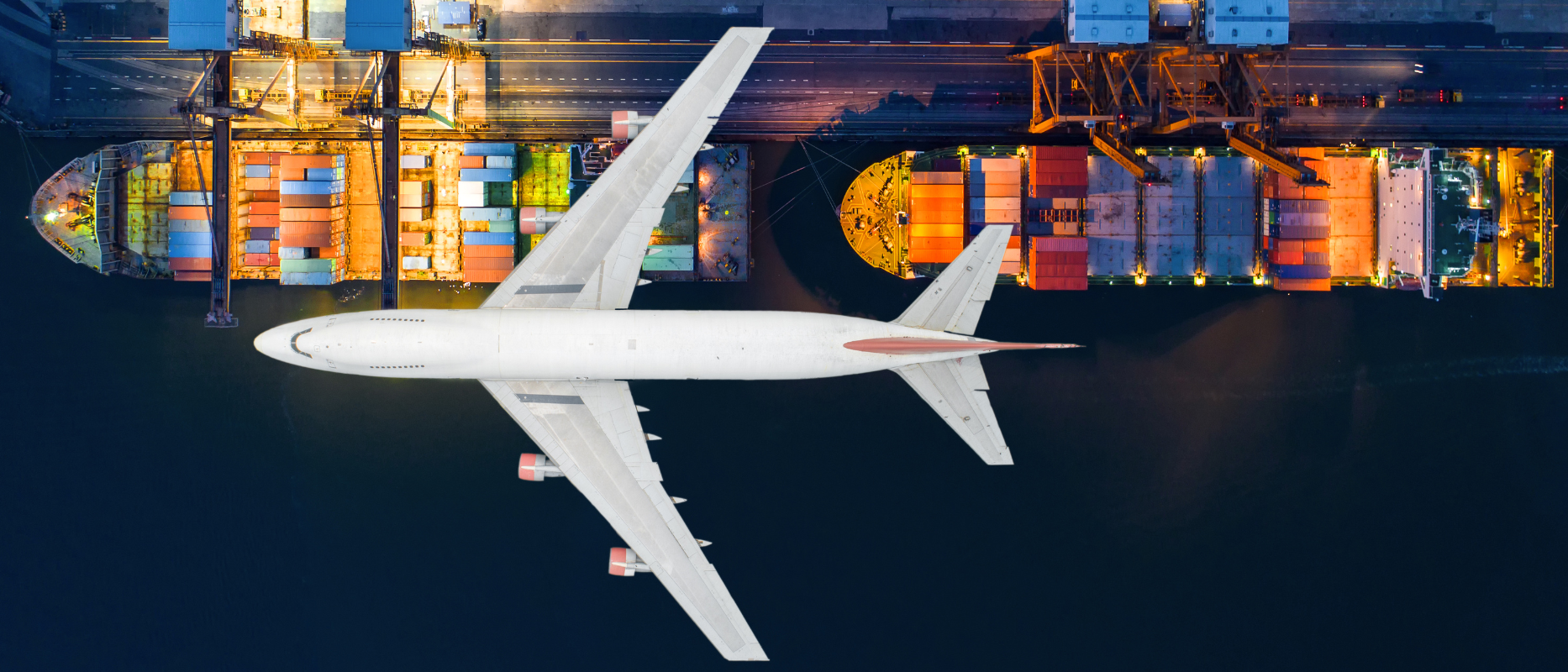Despite its huge landmass of 7.7 million square kilometers, Australia has a relatively small population of just over 26.7 million people. But before the pandemic, Australia was already an e-commerce powerhouse. A report by the World Retail Congress in 2018 showed that Australia ranked 13th among the largest e-commerce markets in the world. It generated US$11 billion in e-commerce trade that year.
Before we continue, let’s see some data about the Australian market.
Despite its small population, Australia has a gross domestic product (GDP) of 3.4%, one of the highest across Asia-Pacific countries. As of 2020, its GDP stood at US$1.3 trillion.
In the same period, Australia had over 2.4 million actively trading businesses. The brick and mortar retail market grew to 3.4% in 2020, reaching US$200 billion. Consumer goods retailing accounts for about US$208 billion. It declined -1.6% in 2022 due to the effects of the pandemic, but it is still within its expected average growth of 2.3% annually. In addition, Australian disposable income is roughly around US$73,000 annually.
According to a report by industry research firm IBISWorld, demand for consumer goods in Australia is influenced by trends in household disposable income. Those with higher household incomes can get purchasing power to spend on essential and non-essential goods.
Phone and internet use
Australia’s internet penetration grew steadily starting from the mid-1990s, driven by the government’s need to connect more people from the rural areas across the vast Australian outback. As of 2010, 76% of Australians were already connected to the Internet.
Meanwhile, smartphone penetration stands at 80%. Daily smartphone use among Australians varies according to age range. Gen X (41-56 old) spend 6 hours a day, millennials (25-32 years old) spend 6.7 hours a day, and Gen Z (9-24 years old) 7.3 hours a day.
A report by Deloitte says that Australians also check their phones once every 30 minutes, which provides an opportunity for the retail market to tap.
Social media
Transitioning to social media behaviors, 98% of Australians access social media platforms for about 1 hour and 48 minutes. Australians are also active social media users, with about 79% of the population having at least one active social media account.
YouTube is still the most popular platform at 78%, closely followed by Facebook at 77%.
One good piece of data to look at is how Australians check specific data; about 32.4% of them use social media as the primary method of evaluating a particular brand.
E-commerce growth
Needless to say, Australia’s e-commerce is also very robust. It is the 11th largest market in the world for e-commerce, and its revenues were estimated to have reached US$25.7 billion in 2020. It is also estimated to reach US$32.3 billion by 2024. This highlights a 15.5 percent annual growth for e-commerce in the country.
Data from the US Trade Agency shows that 9% of all retail trade in the Australian market are coming from e-commerce. This also contributes 1.8% to the country’s GDP. While small, it’s still a significant number to consider given the increasing amount of use of digital platforms for their purchasing decisions.
The most popular e-commerce platforms in Australia are the following:
- eBay – 69 million monthly visits
- Amazon – 22.5 million
- Woolworths – 20.4 million
- JB Hi-Fi – 13.3 million
- Big W – 11.9 million
- Coles – 10.7 million
- Kogan – 10.2 million
- Officeworks – 9.45 million
- Chemist Warehouse – 9.1 million
- Catch (8.95 million)
Notice that more than half of the platforms are from traditional shops that have online platforms. This highlights that many Australians are still conscious about the retail brands where they get their goods.
Homeware, media, personal goods, food, and fashion are the top five categories that Australians spend on.
Interestingly, in 2018, 21% of Australians purchased items from international sellers. About 40% of that came from China. Items from the US accounted for 21%, with the UK coming in at 14%, and Hong Kong at 6%. This is driven by cheap product offerings from overseas sellers. It also establishes that cross-border purchases are increasing for Australians
Growth for e-commerce, growth for the domestic industry
The government of Australia had already put its back on supporting e-commerce, especially concerning security, payment schemes, and privacy of users. Under the Australian Guidelines for Electronic Commerce in 2006, businesses delving into e-commerce should adopt fair business practices while engaging in business-to-consumer transactions.
Strengthening this is the government’s goal, to keep their economy open to global players and business trading for “economic recovery and ongoing prosperity.”
These directives serve as a way for Australia to push for e-commerce to become integral to its overall growth. The recent pandemic had only fast-tracked these plans. and the intent now is for more companies to ride the bandwagon.
And if you are looking for a reliable e-commerce fulfillment center in Australia that can help you with all your fulfillment needs, Locad is all you need.











